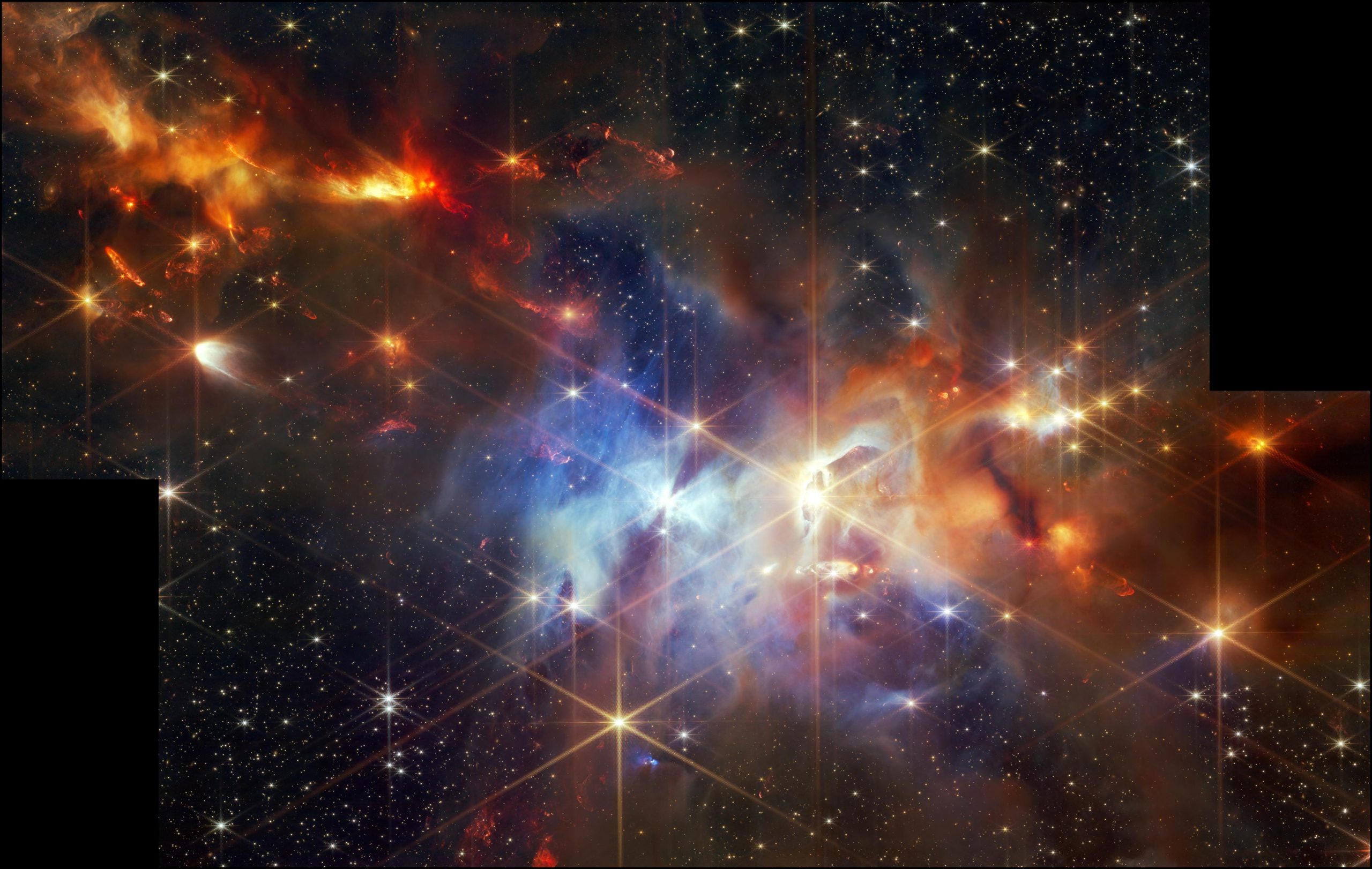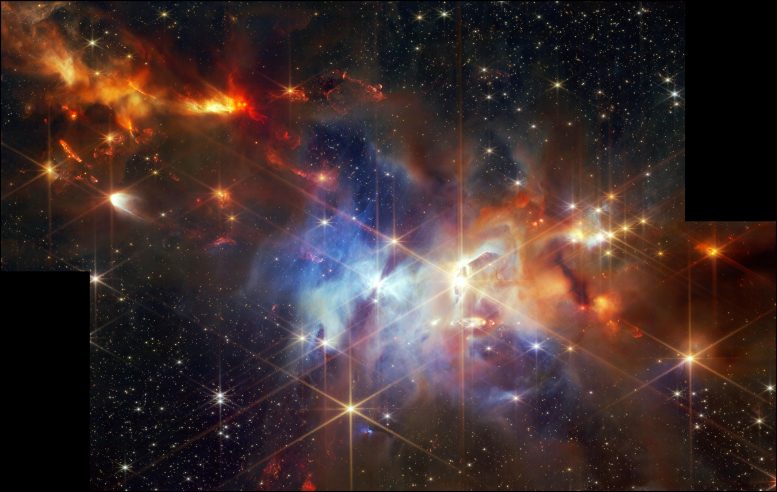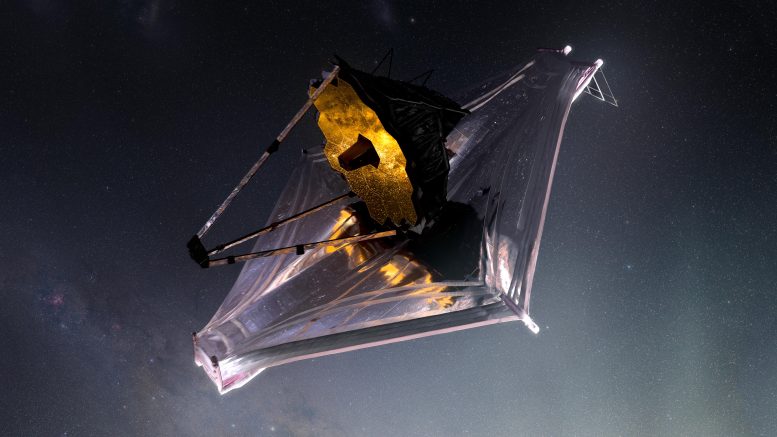

In a groundbreaking image from June 20, 2024, the James Webb Space Telescope captured aligned gas jets from newborn stars, proving that such stars share a common spin direction.
NASA’s James Webb Space Telescope has captured a phenomenon for the very first time. The bright red streaks at top left of this June 20, 2024, image are aligned protostar outflows – jets of gas from newborn stars that all slant in the same direction.
This image supports astronomers’ assumption that as clouds collapse to form stars, the stars will tend to spin in the same direction. Previously, the objects appeared as blobs or were invisible in optical wavelengths. Webb’s sensitive infrared vision was able to pierce through the thick dust, resolving the stars and their outflows.

The James Webb Space Telescope is a cornerstone of modern astronomical research, designed to expand our understanding of the cosmos. Positioned nearly a million miles from Earth, Webb offers an unrivaled view of the universe through its large, 6.5-meter primary mirror and cutting-edge technology that operates primarily in the infrared spectrum. This positioning and technology allow it to capture light from the earliest stars and galaxies, providing insights into the universe’s infancy more than 13.5 billion years ago.
Webb’s mission encompasses a diverse array of scientific objectives. It aims to explore the formation of stars and planetary systems, investigate the atmospheres of potentially habitable exoplanets, and answer fundamental questions about the structure and origin of the universe. Each observation by Webb adds a layer of knowledge, helping scientists piece together the history and scale of the cosmos. With its advanced capabilities, Webb not only serves as a window back in time but also as a beacon guiding future explorations and discoveries.